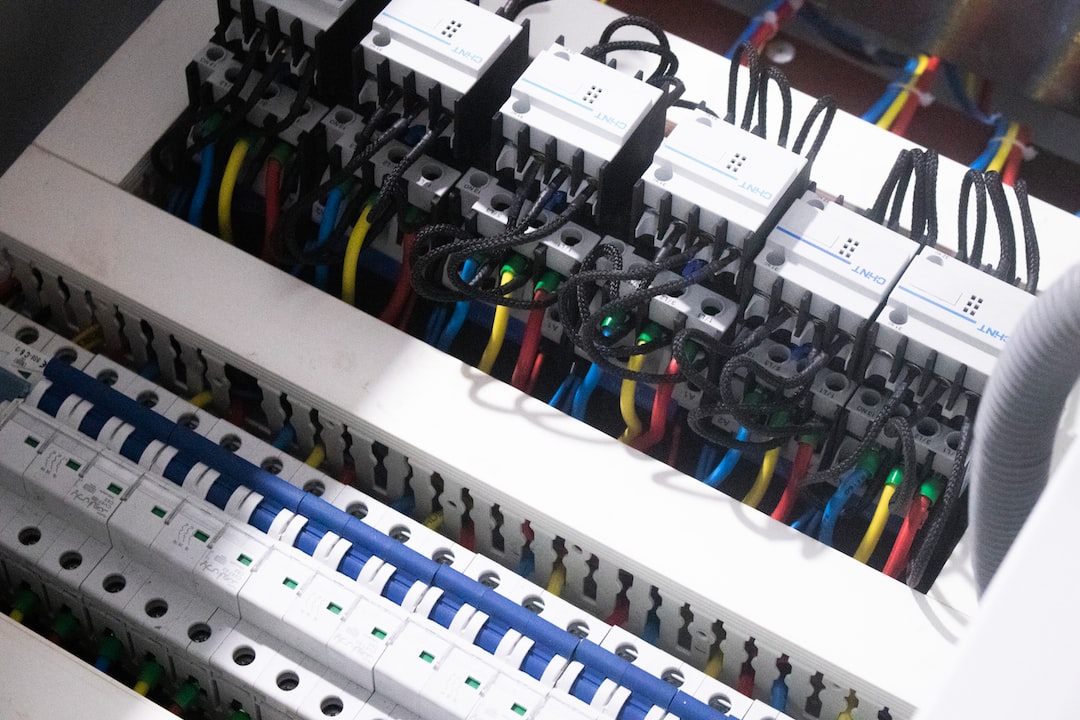
Methods to Lower Electricity Supply Rates
Electric bills can be confusing, especially when demand and energy charges fluctuate based on the season or weather. But there are ways to lower regulated tariff rates for supply and delivery.
The most effective way to lower demand charges is by reducing consumption. This can be done by understanding your rate structure and when to consume electricity at low-demand times.
Lock in a rate
After a long winter of sky-high electricity prices, National Grid filed with the Department of Public Utilities to decrease basic supply rates, which are the raw costs of your energy. These changes will reduce the basic supply rate by 58% starting May 1 and could save a residential customer who uses 600-kilowatt hours of energy per month about $115.
However, you’ll only see savings if your utility bill’s new rate is lower than your price to compare numbers. Other fees, such as hourly and seasonal rates, demand, and reactive power charges, will still be charged. Look for any contract fees that might cancel out your energy savings.
Reduce your usage
The amount of energy your appliances use can be a big deal. You pay per kilowatt hour, and the more you use, the more it costs. Whether you have the luxury of choosing your electric supplier or live in a deregulated state, it’s worth learning more about how much each appliance you plug into your wall uses and what kind of impact you can make on your per kilowatt-hour charges by making innovative usage changes.
Many utilities offer time-of-use programs, encouraging customers to run their dishwashers and washing machines during off-peak hours, like night and early morning. During these times, wholesale electricity prices are lower.
With the COVID-19 pandemic keeping you glued to your home, you may use more electronics and appliances than usual. If so, you could reap the rewards of off-peak electricity rates by putting suitable electronics on an outlet timer (think “vampire load reduction”). By shifting these devices to the daytime to take advantage of lower electricity supply rates, you can lower your bill by up to 20 percent.
Switch suppliers
If your facility is in a deregulated energy market, you can lower your electricity supply rates by switching electric companies in Texas. Energy suppliers — also called providers — are responsible for producing and selling energy to your local utility company, which then delivers it to your home. Many energy suppliers offer competitive prices and deal to attract customers, especially in areas with deregulated markets.
The distribution rate — which covers the cost for your utility to deliver energy through pipes and wires to your home or business — cannot be lowered or changed. However, you can shop for a better supplier rate to save money.
You can find available energy suppliers in your area using an online marketplace. Energy suppliers like Flagship Power should have all the information you need right on their websites. Once you’ve found a plan that works for your household, contact the supplier to sign up. When you do, the supplier will notify your electric utility that you’ve switched, and they will begin service.
Ensure you know your current supplier’s terms and conditions, including any early termination fees or cancellation charges. It’s also important to check if you have any outstanding debt with your current supplier or landlord — these can prevent your new energy provider from switching your account.
Use energy-efficient appliances
Energy-efficient appliances and equipment help to reduce the amount of electricity consumed, which saves you money on your utility bill. In addition, it helps cut greenhouse gas emissions since declines in electricity consumption require less fossil fuel generation. Energy-efficient appliances and equipment also benefit from creating research, manufacturing, and installation jobs.
When buying new appliances, check the energy star label. This indicates that the appliance meets strict efficiency standards, which can yield significant savings in operating costs. Look for water-saving models which use fewer gallons per load than traditional appliances. Also, consider replacing older appliances with more efficient models when they break down.
Check your home for “vampire loads,” which are devices that continue to draw electricity even when they’re turned off. These include TVs, computers, VCRs, and more. You can find these by looking at your hourly usage on a smart meter or reviewing your usage history on a website. Also, consider using appliances during off-peak hours, typically less expensive than peak times.
Install a smart meter
In addition to providing a real-time look at energy usage, smart meters can help you save by switching to cheaper times of the day. For example, electricity is usually more affordable to produce at night when demand is low.
Unlike traditional meters, which have tiny mechanical dials that need to be read by someone (usually a meter reader), smart meters can automatically send your power usage to your energy company via a wireless radio network. This can save your energy supplier time and money on labor costs and helps them manage the national power grid more effectively.
While most people will be offered a smart meter, you can refuse to have one installed. However, some energy companies use aggressive tactics to force customers to switch and even imply that older meters pose a safety risk. If you decide to install a smart meter, you can ask to have the remote communication function switched off. Your engineer can usually do this during the installation, but you’ll need to clear out the cupboard where your meter is located and give them access to your main fuse box in flats (or arrange it with your landlord in advance).


